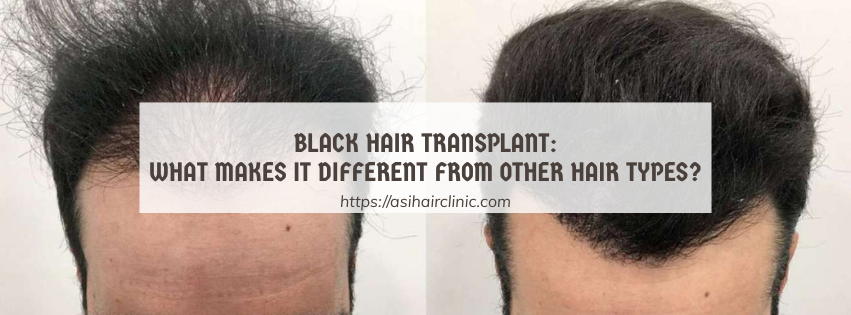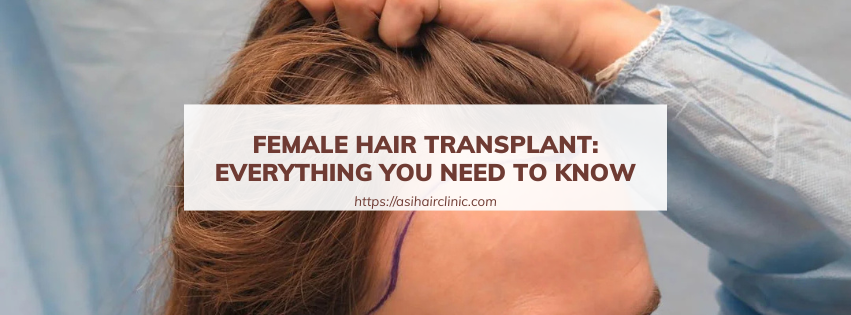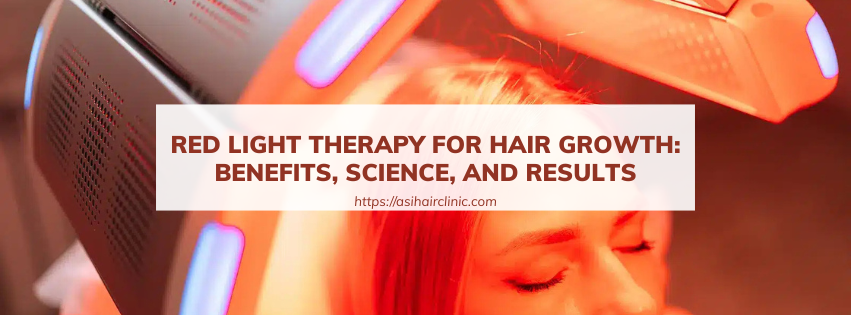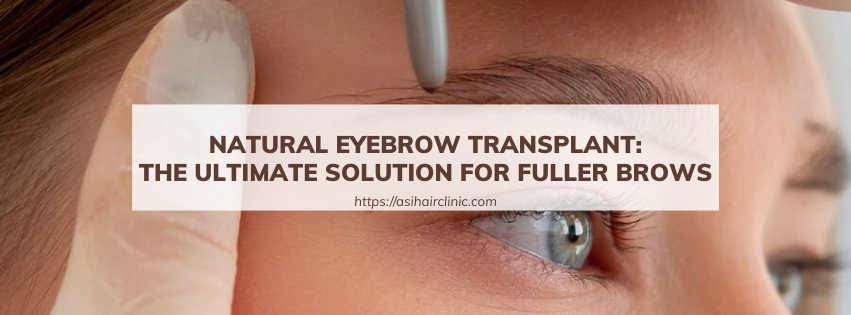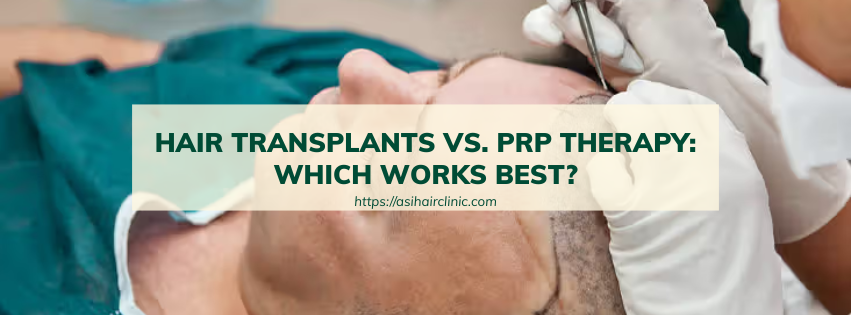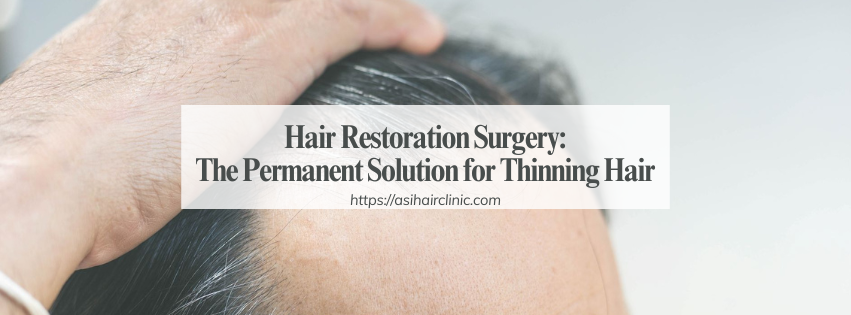What Can Be Expected 10 Years After A Hair Transplant?
A hair transplant can be a transformative journey for individuals struggling with hair loss. It offers a way to reclaim not only one's appearance but also self-esteem and confidence. For many, the decision to undergo this procedure is deeply personal and often life-changing. However, it is essential to understand that the story doesn’t end on the operating table. The long-term success of a hair transplant and what can be expected ten years down the line are crucial aspects to consider for anyone contemplating this path.
1. Understanding the Initial Stages Following a Hair Transplant
The aftermath of undergoing a hair transplant involves several stages that contribute significantly to the overall outcome. Understanding these initial phases is vital for setting realistic expectations and preparing mentally for the journey ahead.
1.1. The Immediate Post-Operative Phase
Right after the procedure, patients can expect some inflammation and redness in the recipient area where the grafts have been transplanted. This is a natural part of healing and tends to subside within a few days. During this period, it’s common to experience discomfort, which can be alleviated by following your surgeon's recommendations regarding pain management.
Furthermore, shedding of the transplanted hair follicles usually occurs within a couple of weeks. While this can be alarming, it's essential to grasp that this process is not an indicator of failure but rather a normal cycle of hair growth. New hair is likely to begin emerging around three to six months post-surgery, setting the stage for more substantial results as time progresses.
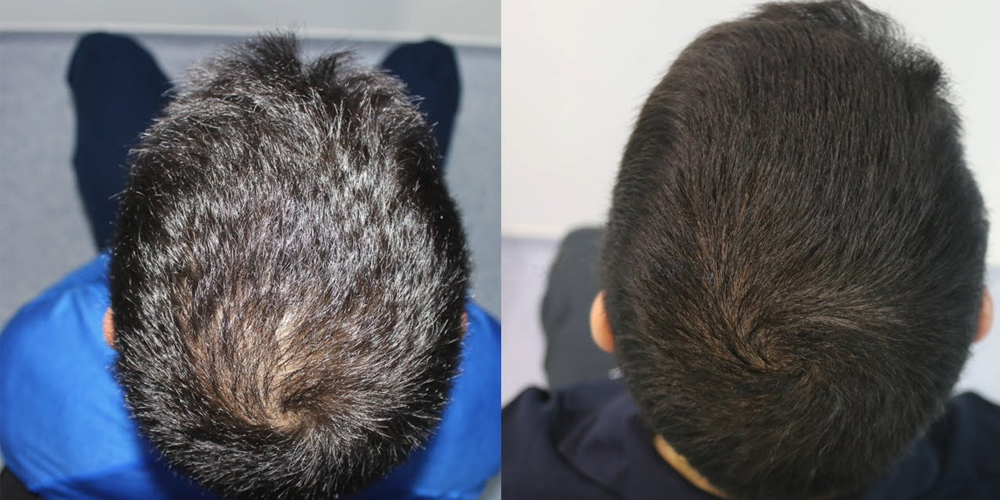
1.2. Transition into Early Growth Stages
As you move past the first few months, the excitement grows as new hair begins to sprout. Most patients observe significant changes within six to nine months, including increased thickness and coverage in the transplanted areas. This early growth phase is critical as the transplanted follicles adapt to their new environment and start behaving like normal hair.
During this stage, it's also important to follow all post-operative care instructions meticulously. Neglecting proper care could lead to complications that may affect the integration and growth of the transplanted hair follicles. An understanding of what the body goes through during this adaptation period will help you appreciate the gradual journey toward your final results.
1.3. Consistency and Maturation of Results
By the second year, the transplanted hair should be displaying robust growth and density. Patients typically see their hair achieving its optimum fullness by year two or three. This is a pivotal phase as it solidifies the foundation laid out during the initial healing process.
Moreover, the hair will blend in naturally with existing hair, leading to a seamless appearance. If you're one of those who have opted for a hair transplant, being patient through these early years will reward you with satisfying results. A well-executed procedure coupled with adherence to aftercare instructions sets the stage for lasting outcomes.
2. The Ten-Year Milestone: Monitoring Changes and Outcomes
Reaching the ten-year mark after a hair transplant can evoke a mix of emotions-pride in the transformation alongside curiosity about how the hair has fared over time. At this point, it is crucial to assess both the physical and emotional dimensions of the results.
2.1. Stability of Hair Growth Patterns
Ten years after the procedure, one can generally expect the transplanted hair to behave much like natural hair. This means it will continue to grow at a steady rate, adhering to the natural hair cycle of growth and shedding. Unlike non-transplanted hair, however, the transplanted follicles are less susceptible to the genetic factors that often cause baldness, such as male or female pattern baldness.
It is essential to keep in mind that while the transplanted hair remains relatively stable, the surrounding natural hair may continue to thin out due to age or genetics. Monitoring the condition of your natural hair after a decade is important to ensure that it doesn't detract from the integrity of your overall appearance.
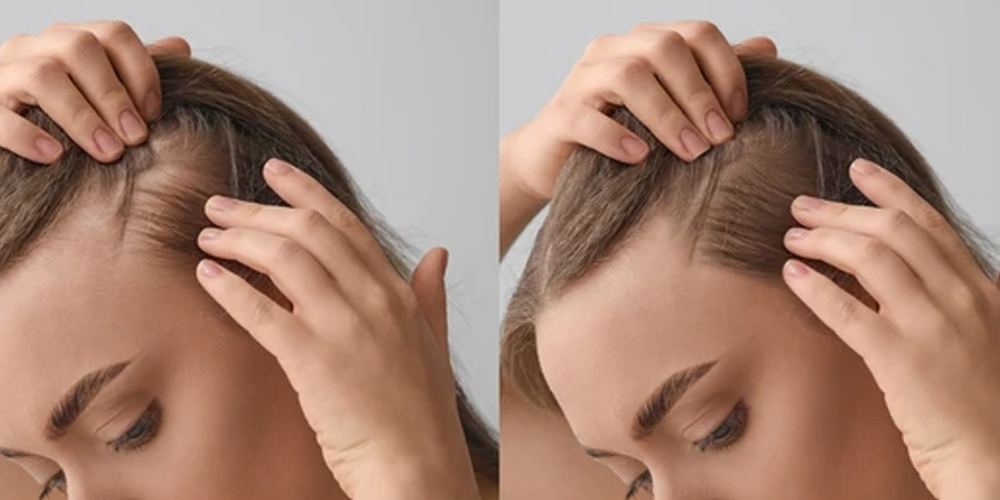
2.2. Continued Maintenance Needs
Although the transplanted hair is considered permanent, ongoing maintenance might still be necessary as the years go by. Many individuals find that their natural hair continues to thin, making it essential to stay proactive about grooming practices. Utilizing suitable hair products and possibly engaging in topical treatments can help maintain both the health of the transplanted hair and any remaining natural hair.
People often overlook this aspect, believing that once they undergo a hair transplant, no further action is required. However, the truth is that maintaining your hair becomes increasingly important as you age. A holistic approach to hair care will enhance your results and improve your overall hair health.
2.3. Emotional and Psychological Impact
The emotional benefits stemming from a successful hair transplant can last well beyond the ten-year mark. Many individuals report heightened self-esteem and improved social interactions post-procedure. The psychological impact of restoring one's natural appearance can fundamentally alter how one engages with the world.
Nevertheless, it’s also important to acknowledge potential psychological challenges that may arise if there are unexpected changes in hair quality or density over the years. Those who have invested emotionally and financially in the procedure might feel disheartened if they notice thinning hair despite their efforts. Building a supportive network and maintaining open communication with healthcare providers can alleviate concerns and help navigate these challenges.
3. Factors Influencing Long-Term Success After a Hair Transplant
While a successful hair transplant can yield impressive results, it is vital to understand the various factors influencing the longevity and aesthetics of the hair over the years. Being aware of these elements enables better management of expectations and outcomes.
3.1. Surgical Expertise and Techniques
The skill and experience of the surgeon play a crucial role in the success of the procedure. Advanced techniques like Follicular Unit Extraction (FUE) or Follicular Unit Transplantation (FUT) can significantly impact the results achieved. A qualified surgeon will not only ensure proper placement of grafts but will also take measures to minimize potential complications.
Choosing a surgeon with a proven track record ensures that the patient's unique needs are addressed adequately. Researching credentials, past work, and patient testimonials can provide valuable insights into the surgeon's capabilities. Your choice of surgeon can be the determining factor in the aesthetic quality of results ten years later.

3.2. Quality and Quantity of Donor Hair
The donor area, typically located at the back or sides of the scalp, supplies the grafts necessary for transplantation. Thus, the quality and density of this hair are critical components in determining the overall success of the procedure. Healthy, strong donor hair is likely to facilitate robust growth in the recipient area.
If the donor hair is weak or sparse, it could hinder the volume and fullness achievable in the transplanted area. Understanding this dynamic underscores the importance of pre-operative assessments to determine the best strategy for securing optimal results.
3.3. Genetic Predisposition to Hair Loss
Genetic predisposition plays a significant role in the long-term success of a hair transplant. Individuals with a family history of extensive hair loss may continue to experience thinning in areas surrounding the transplanted hair, even after a successful procedure. Recognizing this factor helps manage expectations upon reaching the ten-year mark.
While the transplanted hairs themselves are resistant to genetic factors that cause loss, it is essential to monitor the health of surrounding hair. Those who are aware of their genetic predisposition can take proactive steps in hair care and consult their surgeons to discuss potential preventive measures.
4. Potential Challenges and Considerations After a Decade
Even ten years after a hair transplant, challenges can arise that require careful consideration and management. Awareness of these potential obstacles will empower individuals to address them proactively.
4.1. Scarring from the Procedure
Although modern hair transplant techniques have made significant strides in minimizing scarring, some individuals may still experience notable scarring, particularly if the technique employed was ineffective. Scarring may become more pronounced in individuals with darker skin tones or thicker scar tissue.
Scars can sometimes undermine the desired natural look, particularly when hair is cut short. Consulting with a skilled surgeon can help mitigate this issue, ensuring that scarring is minimized during the procedure itself.
4.2. Uneven Hair Growth
In rare instances, patients may encounter uneven hair growth in the transplanted area, leading to an unnatural appearance. Various factors can contribute to this phenomenon, including poor graft placement or inadequate blood supply to certain areas of the scalp.
If uneven growth occurs, it is crucial to communicate with your surgeon to explore corrective options. These might include additional procedures or treatments designed to balance the appearance of the hair.
4.3. Need for Future Touch-Ups
Despite achieving promising results initially, some individuals may find the need for touch-up procedures ten years after the original hair transplant. This could be due to minor irregularities, further thinning of natural hair, or simply a desire to enhance density.
Discussing the possibility of future interventions with your surgeon can help set the tone for long-term hair care. By remaining proactive and understanding that touch-ups may be needed, individuals can maintain a consistent and appealing look.
Conclusion
A hair transplant can serve as an effective solution for those experiencing hair loss, offering a pathway to renewed self-confidence and satisfaction. When performed by an experienced surgeon and paired with diligent post-operative care, the results can be long-lasting and fulfilling.
Ten years following the procedure, individuals can expect to enjoy stable hair growth, a natural appearance, and a boost in self-image. Understanding the contributing factors to long-term success, managing expectations, and embracing ongoing maintenance practices will help optimize results.
Ultimately, by prioritizing self-care, staying informed, and fostering open communication with healthcare professionals, individuals can maximize the benefits of a successful hair transplant. As they continue to enjoy the advantages of their newfound appearance, the confidence gained can positively influence various aspects of their lives for years to come.
LATEST POSTS

